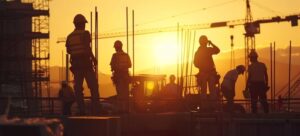Flashlights for construction workers are essential safety tools that significantly enhance visibility and risk detection on job sites, particularly in low-light conditions. High-quality models like the Streamlight 63502 ProTac HL and Fenix PD35 Tactical Flashlight offer robust durability, powerful beams, and various lighting modes to ensure workers can navigate safely, manage battery life, and complete tasks efficiently. They are designed to handle the demands of construction environments with features like impact and water resistance. Training programs should be implemented to educate workers on the correct use of these flashlights, adherence to safety standards, and implementation of best practices for illumination in construction settings. By investing in and properly using high-quality flashlights, construction sites can significantly reduce accident risks, improve operational efficiency, and maintain a safe work environment at all times, even during night operations.
Construction sites present unique safety challenges, particularly as night falls. Adequate illumination is a cornerstone of safety, and flashlights for construction workers play a pivotal role in ensuring visibility and preventing accidents during evening or overnight operations. This article delves into the critical importance of proper lighting, showcases how advanced flashlights enhance safety on-site, and provides essential guidelines for their optimal use. We’ll examine key features to consider when selecting these indispensable tools, review case studies highlighting their impact, and recommend top-rated models for construction professionals. Additionally, we’ll discuss the importance of training and protocols in effectively managing dark conditions, ensuring that every worker can navigate safely under any light.
- Understanding the Importance of Illumination on Construction Sites
- The Role of Flashlights in Enhancing Construction Site Safety
- Key Features to Look for in Flashlights for Construction Workers
- Best Practices for Using Flashlights During Nighttime Operations
- Case Studies: How Quality Flashlights Have Improved Construction Site Safety
- Top Flashlight Models Recommended for Construction Workers
- Training and Protocols for Handling Dark Conditions on Construction Sites
Understanding the Importance of Illumination on Construction Sites
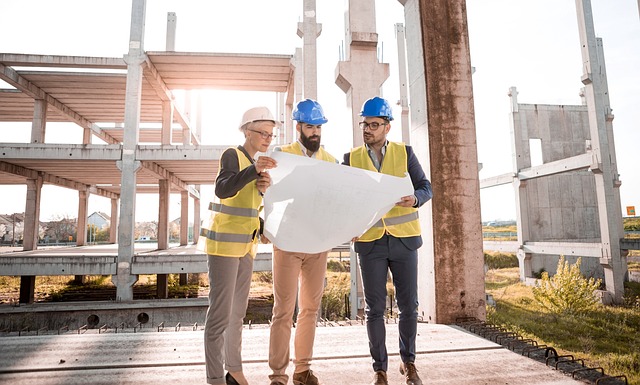
Illuminate construction sites effectively with flashlights for construction workers, as sufficient illumination significantly enhances safety and productivity. The right lighting can prevent accidents caused by dark areas where workers might trip or bump into objects, reducing the risk of injury. Flashlights are a crucial tool for construction workers, especially in those situations where handheld lighting is necessary, such as inspecting work performed in trenches, crawl spaces, or other confined areas. They offer immediate and directed visibility, allowing workers to navigate safely and identify potential hazards swiftly. Moreover, flashlights can be used in emergencies, guiding personnel during power outages or helping to signal for assistance if needed. Incorporating high-quality flashlights into a construction site’s safety protocol ensures that workers have the means to operate with confidence in all lighting conditions, thereby maintaining a safe and efficient work environment. These portable lights are not only vital for individual worker safety but also for inspection purposes, as they enable on-site personnel to thoroughly check the integrity of completed tasks without relying solely on ambient or area lighting.
The Role of Flashlights in Enhancing Construction Site Safety

Flashlights for construction workers play a pivotal role in enhancing safety on construction sites, particularly during operations conducted in dimly lit areas or during evening shifts. These handheld devices provide reliable illumination, allowing workers to navigate complex structures and avoid potential hazards such as uncovered trenches, uneven surfaces, or areas under repair. The intense beams of high-quality flashlights can reveal obstacles that might not be visible in low light conditions, thereby reducing the risk of falls, trips, and other accidents. Moreover, flashlights are instrumental during emergency situations, such as power outages or gas leaks, where immediate visibility is critical for ensuring the safety of all personnel on site. Selecting flashlights with durable, impact-resistant casings ensures that these tools remain operational in harsh environments, further cementing their indispensable nature in construction settings. Flashlights for construction workers are not just a safety measure; they are an essential component of the daily toolkit, enhancing both visibility and worker confidence in performing their tasks effectively and securely.
Key Features to Look for in Flashlights for Construction Workers
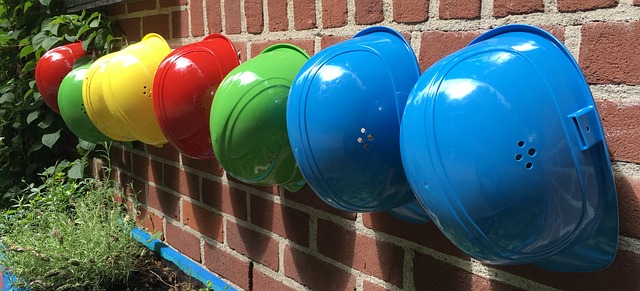
When selecting flashlights for construction workers, durability and reliability are paramount given the demanding environments they often operate in. A robust construction site flashlight should be built with high-impact resistant materials to withstand accidental drops or being struck against hard surfaces. Look for models that are rated with an Ingress Protection (IP) code of at least IP65 or higher, which indicates a level of protection against dust and water. Additionally, the best flashlights for construction workers feature high-intensity LED lights that provide a bright, focused beam capable of illuminating dark spaces effectively. A variable zoom function allows users to adjust the beam’s intensity and spread, enabling precise lighting for close-up tasks as well as long-range visibility.
Safety features are also a critical aspect to consider. Flashes or strobe functions can be used as signaling tools in emergencies, while a reliable construction site flashlight will have a secure lockout mode to prevent accidental activation that could drain the battery when not in use. Battery life is another key feature; lithium-ion batteries with high energy density and the ability to recharge are preferable. Construction workers often work long shifts, so a long-lasting battery or an indicator showing remaining power is essential. Furthermore, flashlights that offer hands-free operation through clips or straps designed to attach securely to helmets or belts can enhance user convenience and safety, keeping hands free for the task at hand.
Best Practices for Using Flashlights During Nighttime Operations

Construction sites that operate during nighttime hours must prioritize worker visibility and safety, especially when tasks require the use of hands and more significant illumination isn’t available. Flashlights for construction workers play a critical role in ensuring safe navigation around job sites after dark. To optimize their effectiveness, it is imperative to adopt best practices that enhance both individual and site-wide safety.
Firstly, selecting the right type of flashlight is crucial for construction workers. The ideal flashlight should be durable, reliable, and bright enough to illuminate the immediate area effectively. LED flashlights are often recommended due to their longevity and high light output. Workers should also be trained on how to handle these tools properly, ensuring they can operate them with one hand if necessary, as tasks may require both hands for work. Additionally, workers must use flashlights correctly, directing the beam downward to avoid blinding themselves or others and to prevent glare that could obscure visibility. Safety protocols should mandate the use of flashlights with diffusers or red lenses to minimize light pollution and preserve night adaptation. Regular maintenance checks should be conducted to ensure batteries are fully charged and that lights are functioning correctly before the onset of darkness. By integrating these best practices into nighttime operations, construction sites can significantly reduce the risk of accidents and ensure a safer environment for all workers involved.
Case Studies: How Quality Flashlights Have Improved Construction Site Safety
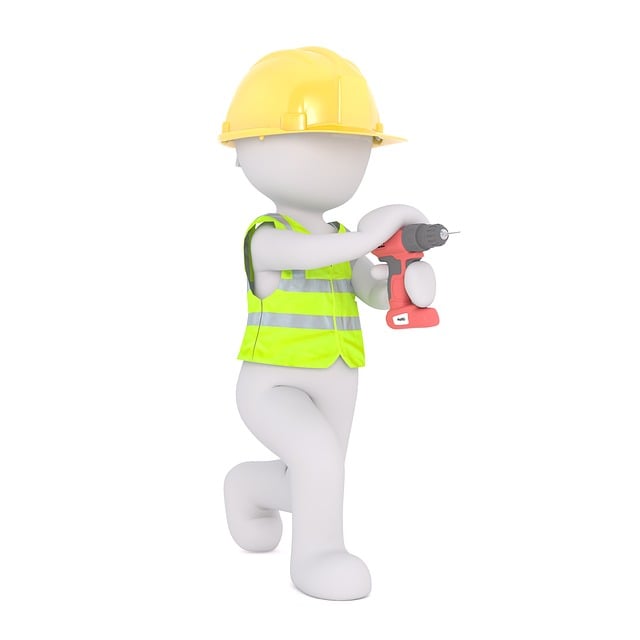
The integration of high-quality flashlights has significantly enhanced construction site safety, as evidenced by several case studies. For instance, a large-scale construction project reported a marked reduction in accidents involving low visibility after deploying advanced flashlights for construction workers. These flashlights provided not only brighter illumination but also features such as long battery life and durability, ensuring that workers could navigate safely even during the longest shifts. Another case study highlighted the improved reaction times of workers when moving through areas under construction or performing tasks in dimly lit environments, thanks to the consistent, high-quality lighting provided by these flashlights. This not only protected workers from potential hazards but also facilitated better coordination and communication among team members, ultimately contributing to a safer and more efficient work environment. The introduction of ergonomically designed flashlights, which are specifically tailored for construction workers, has further minimized the risk of on-site injuries related to manual handling or slips and falls in dark areas. These case studies underscore the importance of reliable lighting solutions as a critical component of occupational health and safety standards within the construction industry.
Top Flashlight Models Recommended for Construction Workers
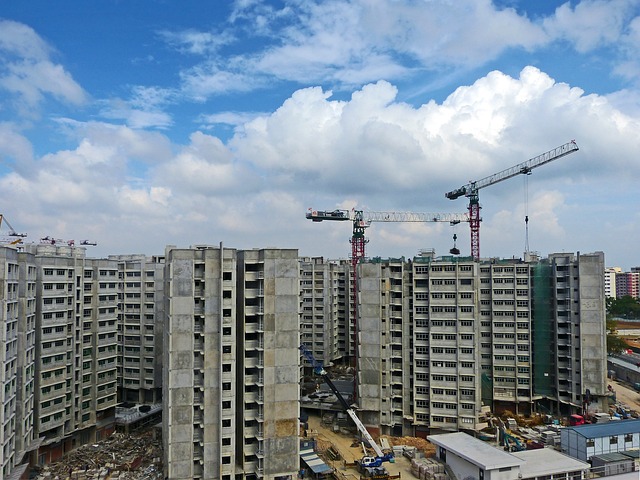
When it comes to ensuring safety on construction sites, reliable lighting is paramount. Construction workers often operate in environments where visibility can be limited due to low light conditions or during night shifts. A high-quality flashlight serves as an indispensable tool, enhancing both safety and efficiency. Among the top flashlight models recommended for construction workers are those that offer durability, a robust beam, and long battery life. The Streamlight 63502 ProTac HL Flashlight, with its C4 LED technology, provides users with a powerful beam that can illuminate up to 879 meters, making it ideal for navigating large construction sites or inspecting hard-to-reach areas. Its impact and water-resistant design ensure it can withstand the demanding conditions often encountered on site. Another standout model is the Fenix PD35 Tactical Flashlight, known for its extreme durability and anti-roll body design, which makes it less likely to be misplaced in a high-traffic work environment. With up to 1000 lumens of output, this flashlight can effectively light up an area, reducing the risk of accidents caused by poor visibility. Both models are equipped with multiple lighting modes, allowing construction workers to conserve battery life when necessary or adjust the intensity of light based on the task at hand. When selecting a flashlight for construction work, consider models that offer the best balance between brightness, battery efficiency, and durability to ensure that your team stays safe and productive throughout their shifts.
Training and Protocols for Handling Dark Conditions on Construction Sites

Ensuring the safety of construction workers, particularly during operations in dark conditions, is paramount. To mitigate the risks associated with low-light environments, it is essential that construction sites maintain a robust training program for their staff, emphasizing the proper use and selection of flashlights for construction workers. These lighting tools are not just for visibility; they serve as critical safety equipment. Workers must be trained to understand the different types of flashlights available—from headlamps to handheld models—and learn how each can optimize their task efficiency and personal safety. Training should also cover best practices for maintaining a clear work area illuminated, preventing accidents caused by tripping or falling, and ensuring compliance with occupational health and safety regulations.
Moreover, the implementation of clear protocols is vital. These protocols dictate when and how flashlights are to be used on-site. For instance, during setup or breakdown activities, all workers should have their flashlights readily accessible. Emergency procedures must also include the immediate deployment of high-intensity lighting to ensure that any incident is promptly visible and respondable to. Regular drills for power outages or adverse weather conditions that result in dark environments can further enhance safety. By investing in quality flashlights for construction workers and incorporating these training and protocols, sites can significantly reduce the risk of accidents, improve efficiency, and maintain a safe working environment even under the cover of darkness.
In wrapping up our exploration of construction site safety, particularly in relation to illumination, it’s clear that flashlights for construction workers play a pivotal role. They are not just tools to navigate the darkness but are critical components in maintaining a safe and efficient worksite after dusk. The importance of selecting the right flashlight—one with durable design, ample brightness, reliable battery life, and perhaps even features like red lenses for preserving night vision—cannot be overstated. Best practices for their use underscore the need for consistent training and adherence to protocols, ensuring that every construction worker has the knowledge and equipment necessary to operate safely in low-light conditions. The case studies presented provide compelling evidence of how high-quality flashlights have significantly improved safety on construction sites, preventing accidents and enhancing overall operational efficiency. As we look forward, it’s evident that investing in the right flashlights for construction workers is an investment in their well-being and the success of the projects they undertake.
